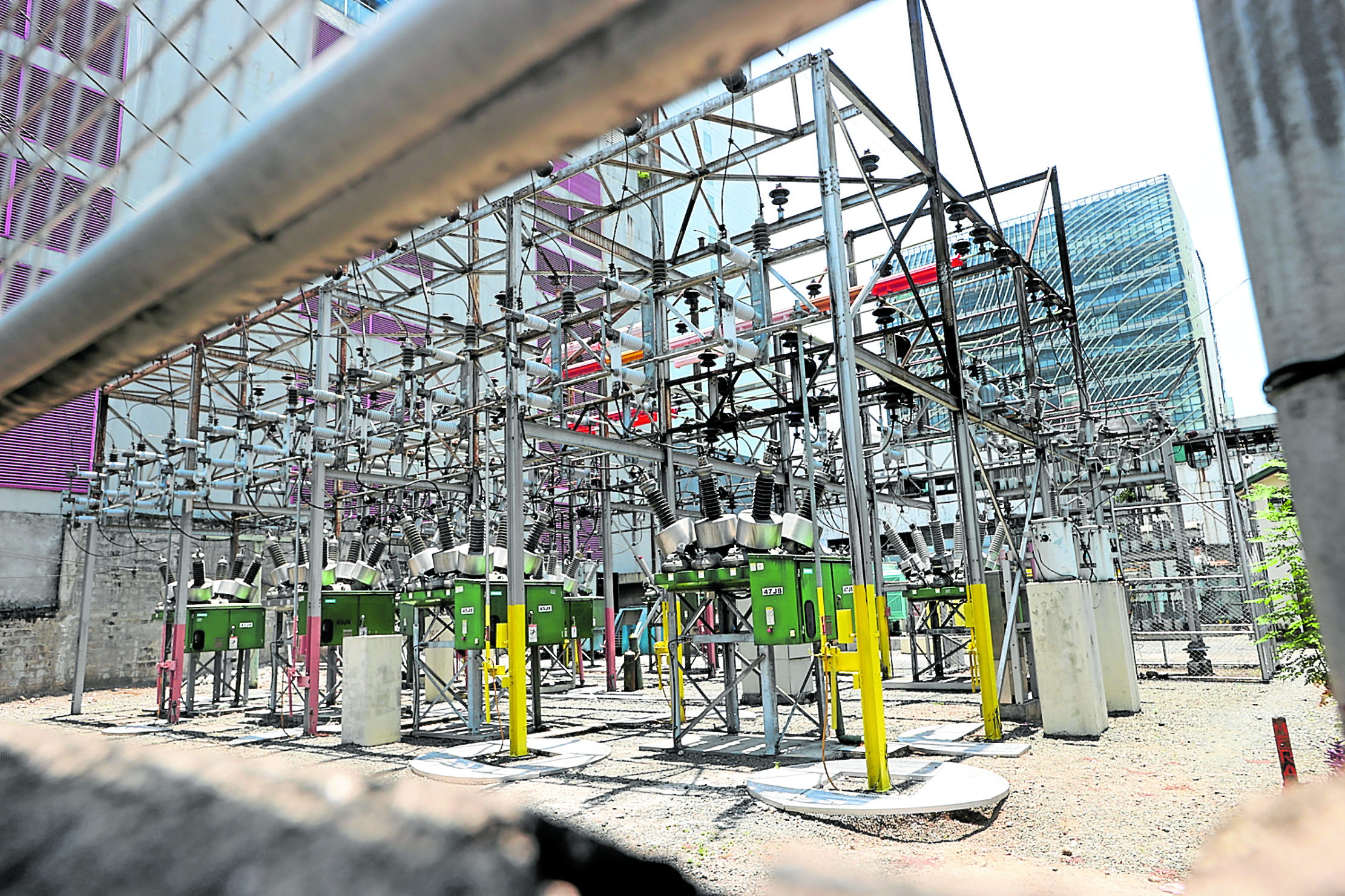
NOT ENOUGH JUICE The National Grid Corp. of the Philippines said the supply shortage had nothing to do with the distribution.
—NIÑO JESUS ORBETA
The Department of Energy (DOE) expects the overall power supply situation to improve this weekend following the issuance of red and yellow alerts in Luzon and the Visayas over the last four days.
“We are expecting improvements over the weekend,” Energy Secretary Raphael Lotilla said at a virtual briefing on Friday.
“Over the weekend, we are hoping for several major plants to be back online,” he said. “We already saw two major plants go back online and we hope that the other plants remain unaffected and perform to their optimal performance.”
READ: Power woes raise alert in Luzon, Visayas grids
The energy chief made the pronouncement as the National Grid Corp. of the Philippines (NGCP), which operates the country’s transmission backbone, placed the Luzon and Visayas grids under red and yellow alerts for several hours.
A yellow alert status was raised in Luzon from 12 noon to 3 p.m., 4 p.m. to 6 p.m. and 10 p.m. to 11 p.m. and in between, a red alert was raised from 3 p.m. to 4 p.m. and 6 p.m. to 10 p.m.
In the Visayas, a red alert was up from 1 p.m. to 8 p.m. and was downgraded to yellow alert from 8 p.m. to 9 p.m.
NGCP issues a red alert when the power supply is insufficient to meet consumer demand, which might result in a power outage. On the other hand, a yellow alert is raised if the operating margin is insufficient to meet requirements.
50 power plants
The grid operator made the issuance as some 50 power plants are either unavailable or slashed their generating capacities amid the hotter temperatures in both regions.
In Luzon, 19 power plants are on forced outage and three others are operating on derated capacities, wiping out 2,284.3 megawatts of electricity to the grid.
READ: Red, yellow alerts raised again in Luzon, Visayas
In the Visayas, 18 power plants are on forced outage while 10 others are running on reduced capacities; thus, the grid lost 757.7 MW of power supply.
Electricity supply in Luzon is on thin ice as the available capacity is 13,594 MW and the demand is estimated to reach 13,127 MW—leaving a meager margin of 467 MW.
In the case of the Visayas, the projected peak demand of 2,504 MW is higher than the available capacity of 2,484 MW.
This is the fourth consecutive day that NGCP made the issuances for this week and the energy department did not say when the alerts will last.
“We don’t know when the extreme high temperatures will end. What we need to do is make sure we are prepared,” Lotilla said.
Despite this scenario, Manila Electric Co., the country’s largest distribution utility, only implemented a manual load dropping or rotating power interruptions in parts of its coverage area for more than an hour only on Tuesday.
Rate hike possible
Other than this, the DOE said localized interruptions hit certain areas outside the metropolis but these are not related to the declaration of red or yellow alerts in Luzon and the Visayas.
When asked whether or not the unavailability of many power plants would result in higher electricity rates, Lotilla only said, “We won’t know until the billing period comes in …”“At the end of the day, what is more costly to the consumers is the lack of power and not the power rates,” he said.
The Energy Regulatory Commission earlier said it is investigating why many power facilities are offline or running at derated capacities. It also hinted at imposing penalties on parties that will be found responsible for the disruption of electricity supply in both regions.